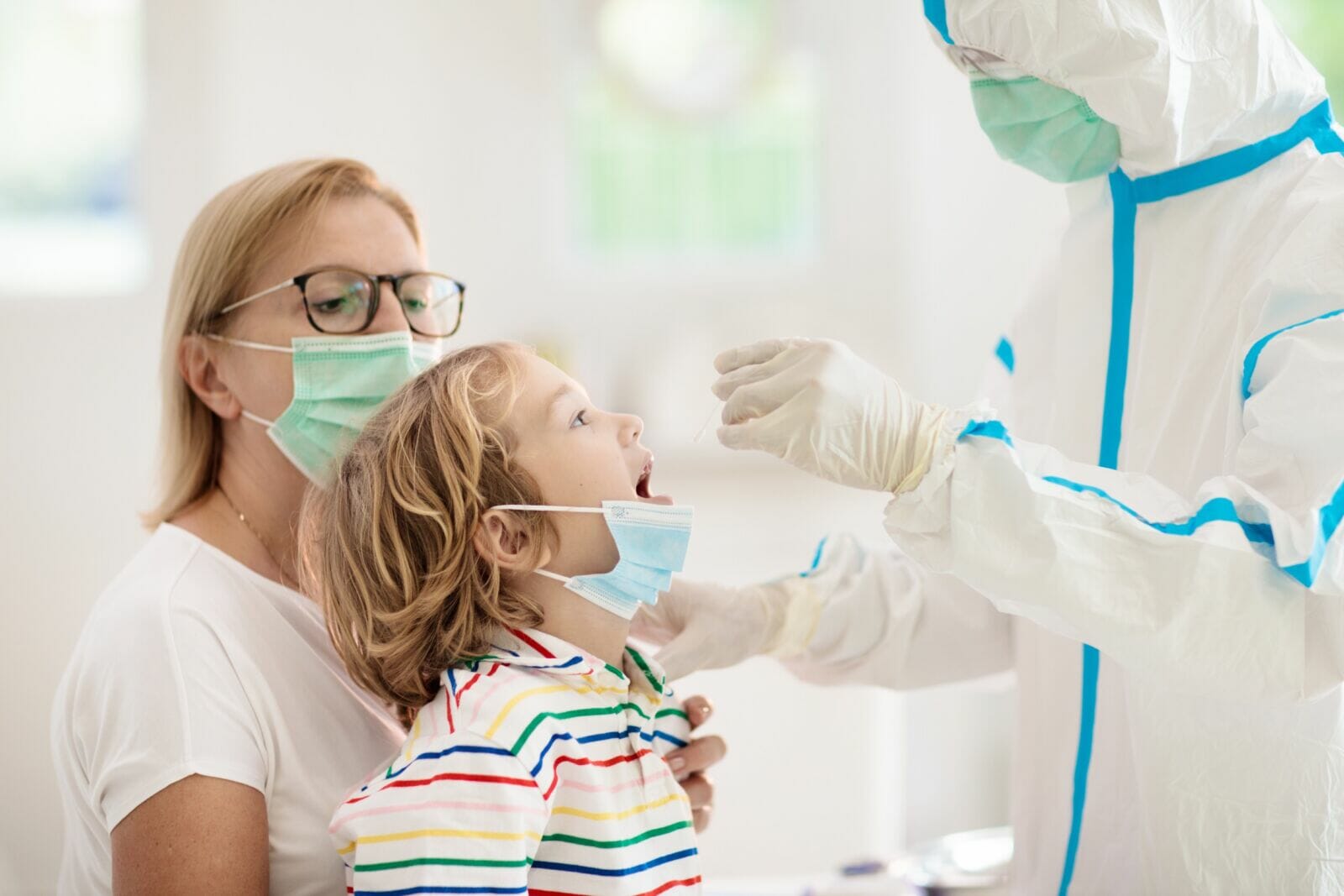First lady Jill Biden’s positive COVID-19 test this weekend was the latest, and most high-profile, reminder that cases are once again on the rise in the U.S. and in Arizona, where new infections per week have more than doubled since early July. The Arizona Department of Health Services said on Aug. 30 that there had been 3,457 new COVID-19 cases reported in the preceding week, compared to 1,415 in the week before July 2.
LEARN MORE: 132 Arizona companies make Inc. 5000 list for 2023
While those numbers are not near the 157,541 new cases reported in one week of early January 2022, at the height of the pandemic, experts say there are almost certainly more – and that those numbers are likely to continue rising.
“I’m glad Arizona is counting and has a count that they’re comfortable with,” said Dr. Georges Benjamin, the executive director of the American Public Health Association. “But I can assure you that’s an undercount, there’s probably more people out there who have been infected.”
Dr. Josh Michaud, the associate director of global health policy at KFF, said that it’s “not really a smart move” to try to predict how long an outbreak might last, given the unpredictability of COVID-19 so far. But he and others say the current summer surge will be followed by a winter spike in cases, a pattern that has been seen in recent years.
“Even if this particular summer surge doesn’t continue on, we will likely see an increase in cases coming in the winter,” Michaud said. “So if you add those two together that could add up to a significant amount of hospitalizations and other health issues that people are facing.”
The White House announced Monday that the first lady had tested positive and was recuperating at the Bidens’ Delaware home, where she was experiencing mild symptoms. The president, who returned to the White House, tested negative Monday and again Tuesday morning. He has no symptoms, but will be masking when indoors and in the presence of others.
While the Centers for Disease Control and Prevention is not currently reporting the number of new infections nationwide, it did report that COVID-19 hospitalizations rose 15.7% in the week ending Aug. 26 and deaths increased 17.6% in the same week. Still, both numbers are down sharply from the highs of January 2022.
Will Humble, the executive director of the Arizona Public Health Association, said that it is “nearly impossible” to gather accurate testing data as was done during the height of the pandemic because of the prevalence of self-tests – meaning fewer documented cases.
Benjamin said that, for Arizona, “your hospitalizations … are consistent with what we are seeing nationally. In other words, you’re not having a really high level of people in the hospital, but it’s still too high.”
The good news is that the latest variant of the virus does not appear to be as lethal as previous versions.
“Over the course of time, this virus has become less and less lethal,” Humble said. “If you look at those original strains from 2020 those were pretty lethal strains, even up through Delta (variant), it was fairly lethal.
“Then we got Omicron, which is what dominates these days, which is far less lethal than any other version of the virus, and far more transmissible,” he said.
Experts also said that people seem to be taking the threat seriously, and getting vaccinated when it is appropriate.
“For people with medical conditions that put them at higher risk, yeah there are things you need to do beyond getting the booster shot, but for the general population I think it’s a matter of getting the booster,” said Humble, who plans to get his booster next month. “It just depends on you, and how much risk you are comfortable with and what your immune system is like.”
Michaud of KFF, formerly known as the Kaiser Family Foundation, said the people getting infected now are those who are not up to date on their vaccinations, as well as the elderly and anyone with autoimmune conditions.
“If they are not up to date on their vaccines in particular they’re at some risk for these severe complications and many of the hospitalizations that we are seeing now fall into those categories,” Michaud said.
Many individuals appear to be waiting for the release of the next booster, which the CDC says should be available by mid-September. It will be updated to provide protection against additional strains of the COVID-19 virus, including the Omicron variant XBB.1.5.
While staying up to date on vaccines is important, there are other precautions to take to avoid getting sick, Michaud said.
“Taking extra steps like wearing masks in public places and being careful about how much time you’re spending in crowded locations can make a difference, and if you do have symptoms… just the standard precautions that one might take,” he said. “If we all do that together then we can prevent the worst from happening.”




